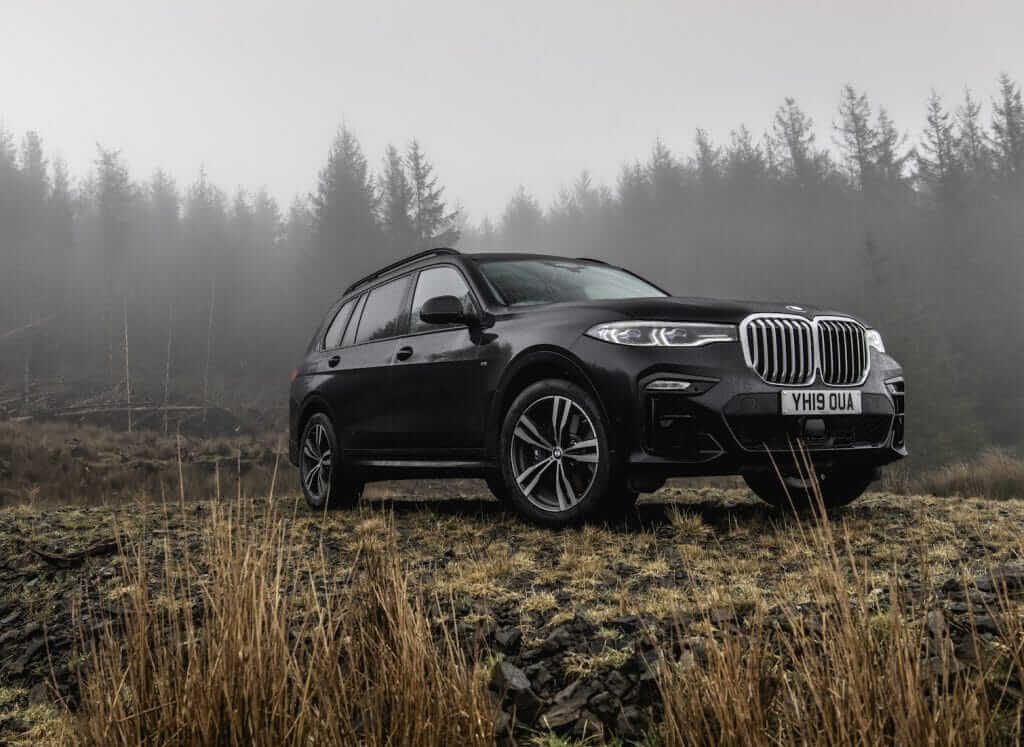What should you consider when buying a 6 seater car?
If you’re looking at buying a 6 seater car, there are three main considerations to think about. Let’s take a look.
Would a seven-seater be more suitable?
Yes, while a six-seater configuration makes sense in some instances, it’s worth questioning why seven-seaters are far more common. The tried-and-tested ‘2+3+2’ has become the norm for large family cars, though if you think it doesn’t suit you, the six-seater configuration has its pros. If you feel you might benefit from the extra seat, we’ve put together a handy article where we take a look at the best cheap 7-seater cars available on the market.
Six-seaters are often family vehicles
Six-seaters, particularly as MPVs, are often used as family cars, so there are several considerations that come from this. Make sure there are no signs of excessive wear inside and out. Family cars are often used for the school run, where bumps and dings are more likely. Similarly, check the seats fold, slide and recline as they should.
Choose the type of six seater that works for you
As we’ve mentioned, there are two types of configurations, depending on your needs. The 2+2+2 is usually associated with luxurious vehicles, and frees up more space and gives the feel of a more premium model courtesy of six individual seats.
The 3+3 layout is more commonly associated with utility and family vehicles, hence why it’s more commonly adopted with MPVs and commercial vehicles. Which suits you best will depend on your needs.
Why should you buy a six seater car?
While seven-seaters might be more common, there are key reasons why you might want to consider a six-seater version instead. First is the illusion of space, as with typically individual chairs, it can help passengers feel more ease if they have their own particular seat, rather than sharing a bench. It’s why high-end SUVs like the BMW X7 and upcoming Kia EV9 are available with this layout.
Six-seaters can also allow a smaller car to offer more seats in a more compact package. Honda’s clever FR-V, for example, was no longer than a current Volkswagen Golf, and gave the car a lot of space for relatively small dimensions.




